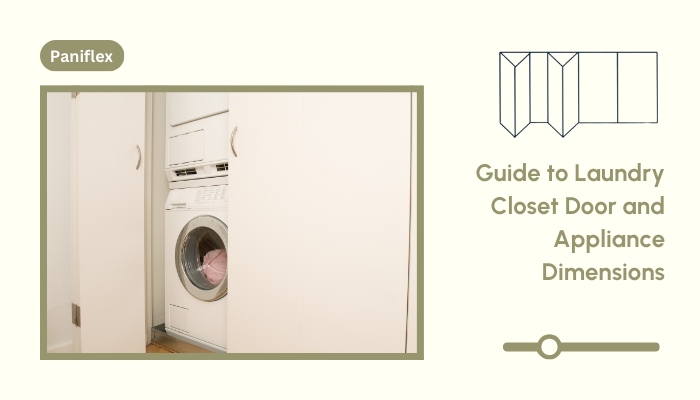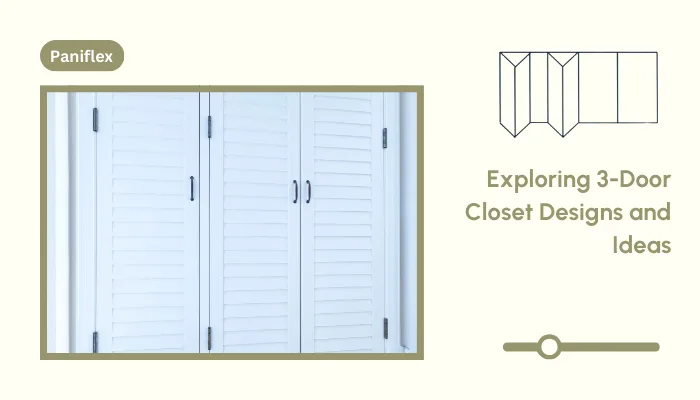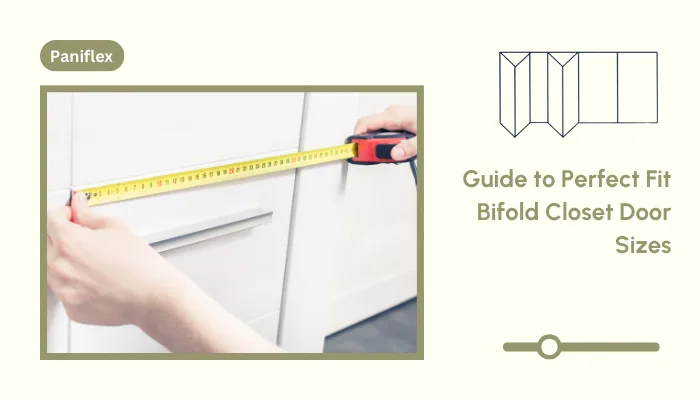As an interior designer or architect, you understand the crucial role that laundry closet doors and appliance dimensions play in creating a functional and aesthetically pleasing space. Correctly understanding these dimensions is essential for optimizing laundry space efficiency and ensuring a seamless design. However, mismatched dimensions can lead to a host of problems, from hindered appliance accessibility to an overall compromised aesthetic. In this comprehensive guide, we’ll explore the intricacies of laundry closet door dimensions and provide you with the knowledge needed to create a well-designed and efficient laundry space.
Understanding Laundry Closet Door Dimensions
When it comes to laundry closet doors, familiarity with standard dimensions is key. Typically, these doors range from 24 to 36 inches in width, with heights determined by the room’s ceiling. However, several factors can influence the choice of door dimensions, such as:
- The size and layout of the laundry closet
- The dimensions of the chosen laundry appliances
- The desired door style (bifold, sliding, or hinged)
It’s important to note that door style significantly impacts the required dimensions. For instance, bifold doors necessitate less swing space compared to hinged doors, making them ideal for smaller laundry closets. Sliding doors, meanwhile, offer a modern and space-saving solution.
Ready to experience the benefits of custom closet doors? Explore our range of Paniflex products now.
In addition to these considerations, it’s crucial to be aware of any regulatory and safety requirements that may affect door dimensions. These may include minimum clearance space, fire safety codes, or accessibility guidelines.
Determining Appliance Dimensions for Laundry Closets
Selecting the right laundry appliances is equally important in creating a functional laundry closet. The dimensions of washers and dryers can vary significantly, with standard sizes ranging from 24 to 27 inches in width and 25 to 34 inches in depth. However, it’s essential to consider the dimensional variations between different types of laundry appliances, such as:
- Front-loading vs. top-loading washers
- Gas vs. electric dryers
- Stackable units vs. side-by-side configurations
For a step-by-step guide on measuring for a new washer and dryer, check out this informative video. Accurately measuring your appliances is crucial for ensuring they fit perfectly within your laundry closet.
Now that we’ve talked about choosing the right appliances, let’s delve into how they match up with your closet doors.
Interaction Between Door and Appliance Dimensions
The interplay between laundry closet door dimensions and appliance sizes is a critical aspect of creating a functional and accessible space. Improperly sized doors can severely limit appliance accessibility, making it difficult to load and unload laundry or perform routine maintenance.
To ensure a harmonious interaction, consider the following:
- Provide ample clearance for appliance doors to open fully without obstruction
- Plan for future appliance upgrades or replacements that may have different dimensions
- Adjust the layout to facilitate easy installation and removal of appliances
This video highlights the importance of involving a contractor early in the framing process to ensure your appliances fit correctly within the laundry closet.
With the door and appliances in sync, let’s explore how to make the most of every inch you’ve got.
Space Optimization Strategies
In compact laundry closets, maximizing every inch is paramount. Here are some smart strategies to optimize space without compromising functionality:
- Utilize stackable washer and dryer units to take advantage of vertical space
- Install shelving or cabinets above the appliances for additional storage
- Maximize the space behind the door with hanging organizers or hook systems
- Consider innovative solutions like fold-down ironing boards or pull-out drying racks
Ready to get precise? Let’s talk about nailing those measurements for a perfect fit.
Practical Tips for Measurement and Dimension Planning
Accurate measurements are the foundation of a well-designed laundry closet. Keep these practical tips in mind:
- Use a reliable measuring tape and record dimensions clearly and precisely
- Double-check all measurements, paying special attention to appliance alcoves and door openings
- When measuring for a dryer, ensure you account for the necessary ventilation space and clearance for the door to open fully
- Note any obstructions or irregularities that may affect the installation of doors or appliances
- Don’t hesitate to consult professionals for complex or custom designs to ensure the best possible outcome
Ready to experience the benefits of custom closet doors? Explore our range of Paniflex products now.
Speaking of professionals, let me tell you about how Paniflex can be your go-to for custom solutions.
Paniflex: Your Partner in Custom Laundry Closet Door Solutions
At Paniflex, we understand the importance of well-designed laundry closet doors. As a leading provider of custom closet doors, we offer a wide range of bifold and sliding door options that perfectly blend functionality and style. Our commitment to quality and precision ensures that your laundry closet doors fit seamlessly and operate smoothly, elevating the overall experience of your laundry space.
Conclusion
Creating a laundry closet that perfectly balances door dimensions and appliance sizes is essential for achieving a functional, efficient, and visually appealing space. By understanding standard dimensions, considering various factors that influence door sizes, and optimizing the layout, you can design a laundry closet that meets the unique needs of your clients and enhances their daily lives.
Remember, the right laundry closet doors can transform a utilitarian space into a well-designed and efficient area of the home. By following the strategies and tips outlined in this guide, you’ll be well-equipped to create laundry closets that exceed expectations and showcase your expertise as an interior designer or architect.






